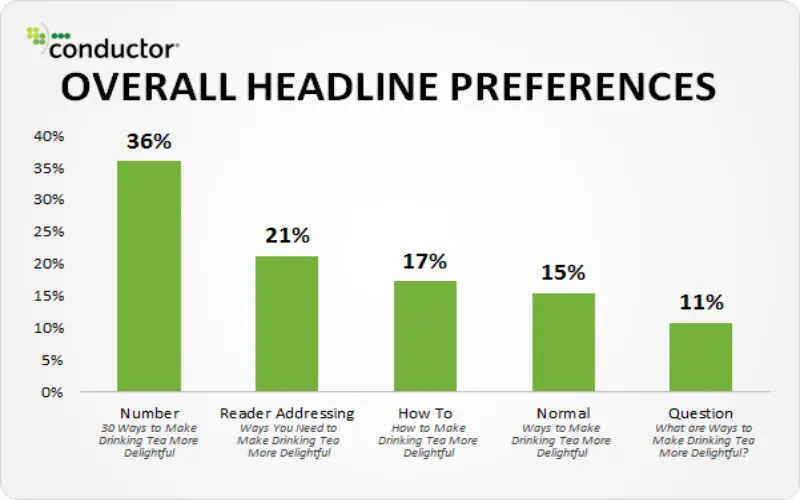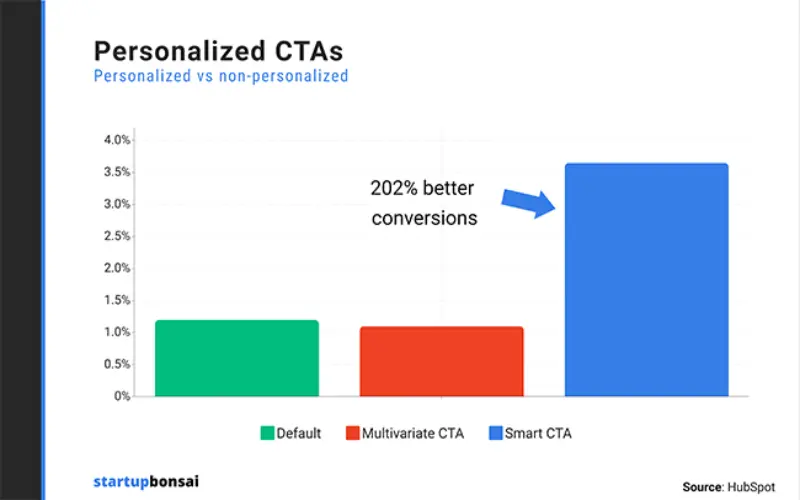7 Writing Adjustments With AI Tools
The first thing you should do while using AI for content creation is to not consider its results the final draft. Rather, take it as a first draft and make the following adjustments to make it more effective.
1. Write A Compelling Headline
Your headline determines whether a reader will read your content or leave it. Among all the people who read your headline, only 20% read the full content. This means your headline works as a filter; only interested people get past your headline.
So, make your headline as relevant to your content as possible. Use AI-powered headline analyzers, like CoSchedules’ Headline Studio. They analyze word balance, emotional impact, and length to suggest better variations.
Try to add a number to it to make it more attractive. Using a question and addressing your readers are also good.

2. Improve Paragraph Structure For Better Readability
Readers do not like walls of text. Normally, they skim content rather than reading every word (79% of them). So, your overall structure should be so straightforward that it gives an overall idea to readers, even if they do not fully read it.
For this, structure your content with heading tags (H2s, H3s, H4s), bullet points, and whitespace.

3. Hook Your Readers From The First Line
After the heading, you must have a hook in the first few sentences as well. It will determine if the reader will continue to read or leave. When more people leave your site shortly after arriving, your bounce rates increase.
You can use anything that grabs attention in your hook, like:
- A thought-provoking question (e.g., did you know that 80% of online readers never make it past the first paragraph?)
- A surprising fact (e.g., studies show that our average attention span is shorter than a goldfish’s!)
- Storytelling (e.g., I used to struggle with writing until I discovered a simple AI trick)
AI tools like fueon.com can generate compelling introductions for you. Use them and then refine their output.
4. Strengthen Grammar And Sentence Structure
Typos and awkward phrasing make your content look unprofessional. 59% of people do not even want to use a website with grammatical mistakes, according to a study by Global Lingo. That’s why you should use AI grammar tools like Grammarly, Qozex, and QuillBot. They help eliminate grammar, punctuation, and spelling errors. But they’re not foolproof. Always review AI suggestions—sometimes, it may overcorrect phrases and change your intended meaning.5. Detect And Remove AI-Generated Content
AI generates thousands of words within seconds, but its content is often robotic. Moreover, Google’s latest algorithms prioritize “experience, expertise, authority, and trustworthiness” (EEAT), meaning overly robotic content will not rank well.
Using an AI writing detector helps you identify AI patterns in your content. This allows you to edit and personalize content, making it more authentic.

6. Optimize Keywords Without Overstuffing
SEO is crucial for your online visibility, but overdoing it can drop your rankings. AI-powered SEO tools like SEOMaker and Surfer SEO analyze your content and help maintain the right keyword density with a natural flow.
Surfer SEO itself defines how much the optimum keyword density is in a piece of content, which is 1-2% of your total word count. This means you can use your keyword 1 to 2 times after every 100 words.
7. Encourage Your Readers To Act
Every piece of your website content should have a purpose—either getting readers to subscribe, comment, or purchase something. A strong CTA (Call to Action) increases conversions by 161%, according to Wisernotify. A CTA personalized to a specific user can do even better.
AI tools like Fueon.com can generate persuasive CTAs, but they need fine-tuning by a human. Instead of a generic “Click here to learn more,” your CTA should be something like:
- Ready to take your writing to the next level? Try these AI-powered tools today!
- Want more expert writing tips? Subscribe now for weekly insights!
Conclusion
AI tools make content creation easier, but they’re most effective when combined with human creativity.
By refining headlines, improving structure, optimizing SEO, and adding a personal touch, you can turn AI-assisted content into high-quality writing that connects with readers.




